Zabrze
7.79

Overview
Located in the Silesian Voivodeship, Zabrze is a city with a rich history dating back to the 13th century, when the first mention of neighboring Biskupice appeared in 1243. The city has undergone many changes, including a name change from Zabrze to Hindenburg in 1915 to commemorate Field Marshal Paul von Hindenburg. After World War II, it reverted to its original name. Zabrze is known for its industrial heritage, particularly related to coal mining, which contributed to its intensive development in the 19th and 20th centuries. The city's architecture reflects this growth, with numerous historic buildings such as townhouses, early 20th-century water towers, and factories and steel mills built in the Neo-Gothic and Expressionist styles. Particularly notable are the mining facilities, such as "Królowa Luiza" and "Guido." Culturally, Zabrze is vibrant, with institutions like the Gustaw Morcinek New Theater, the Zabrze Philharmonic, and numerous cultural centers and community halls. The city is home to diverse religious and ethnic communities, including a significant Roma population. Zabrze also boasts unique tourist attractions, such as the Sztolnia Królowa Luiza (Queen Louise Adit), which, after revitalization, has become one of the longest underground water routes in Europe. Zabrze features numerous parks and recreational areas, and its partner cities, including Kaliningrad, reflect its international engagement. Despite historical turmoil, the city has preserved its unique heritage, blending tradition with modernity. As a city with county rights, Zabrze has modern infrastructure, including highways and an extensive public transport system, making it an important transportation hub in Silesia. However, air pollution has become a significant issue, as highlighted by a WHO report. Ambitiously developing in various fields, the city exemplifies the harmonious integration of a rich history with modernity and strives to maintain a high quality of life for its residents.
Trip Plans
Location
State
Silesian Voivodeship
Country
Tickets
Powered by GetYourGuide
You can also find here:
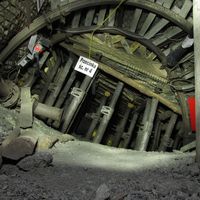
Guido Mine
7.71
Zabrze
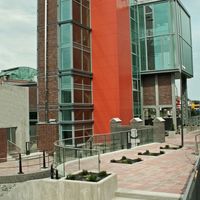
Main Key Hereditary Adit
7.38
Zabrze
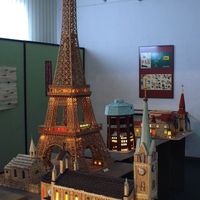
Coal Mining Museum in Zabrzu
7.31
Zabrze
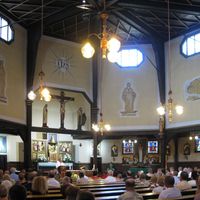
St. Hedwig's Church in Zabrze
7.04
Zabrze
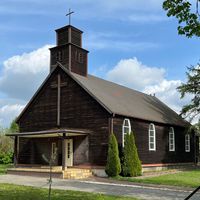
Mikulczyce
7.01
Zabrze
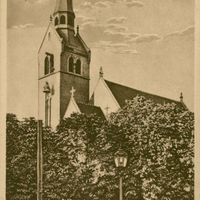
Evangelical-Augsburg Parish in Zabrze
6.78
Zabrze
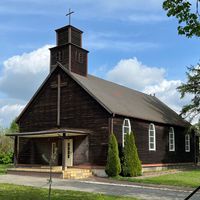
Evangelical-Augsburg Church in Zabrze-Mikulczyce
6.66
Mikulczyce, Zabrze
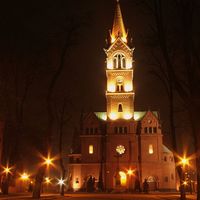
Zabrze Deanery
6.49
Zabrze
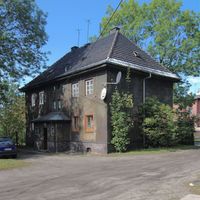
Steel house
6.43
Mikulczyce, Zabrze

Górnik Zabrze
6.41
Zabrze
2025 Wizytor | All Rights Reserved